Every dog owner knows that puppy eyes can be hard to resist, especially during meal times. While we often treat our furry friends like family, sharing our food with them might not always be the best idea. Some foods that are perfectly safe for humans can pose serious health risks to dogs. Even small amounts of certain ingredients can lead to digestive issues, toxicity, or long-term health problems. Understanding what’s safe and what’s harmful can help you keep your pup happy, healthy, and out of the vet’s office. In this article, we’ll explore ten foods that might seem harmless but can be dangerous for our canine companions.
Chocolate: A Sweet Temptation with Bitter Consequences
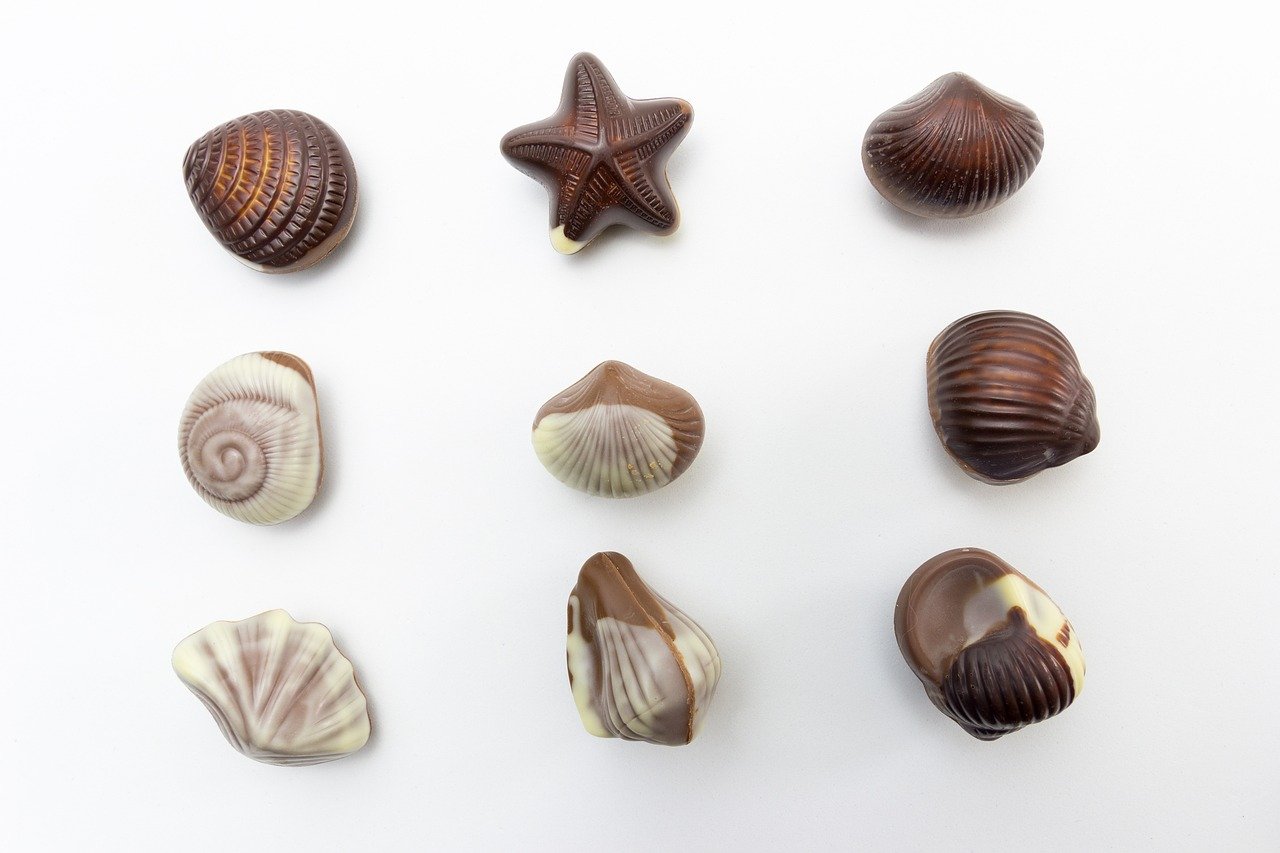
Chocolate is a well-known culprit when it comes to foods that are dangerous for dogs. The sweet treat contains theobromine and caffeine, both of which are toxic to dogs. Even small amounts can cause vomiting, diarrhea, and restlessness. In severe cases, it can lead to seizures or even be fatal. Dark chocolate and unsweetened baking chocolate are especially hazardous due to their higher theobromine content. Imagine if your dog tried to eat chocolate like it was a tasty bone – it’s a disaster waiting to happen. Always keep chocolate out of reach and ensure your dog enjoys treats specifically made for them.
Grapes and Raisins: Tiny Fruits with Big Risks
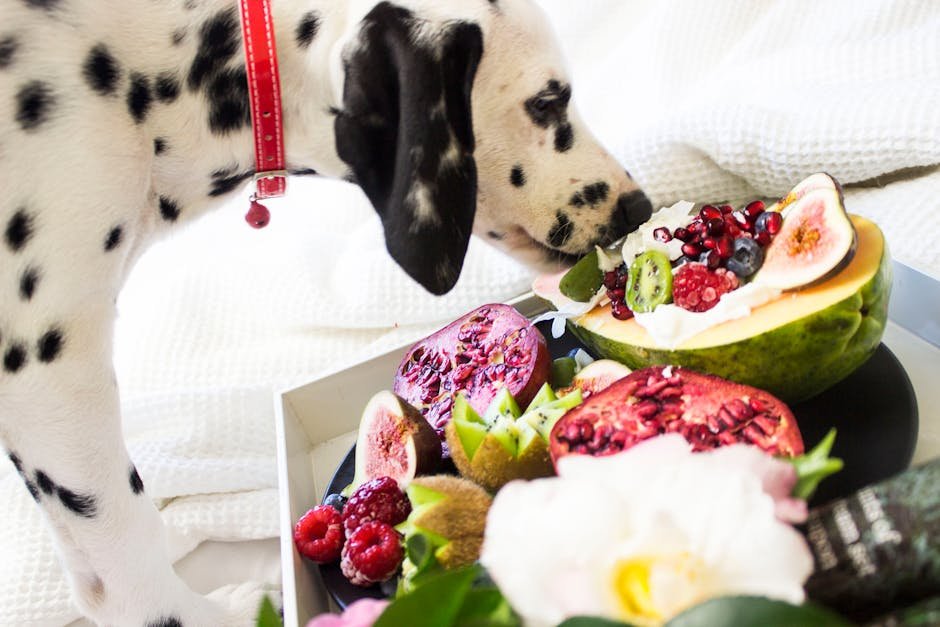
Grapes and raisins might seem like innocent snacks, but they can cause kidney failure in dogs. The exact substance that triggers this reaction is still unknown, making these fruits even more mysterious and dangerous. Symptoms of grape or raisin toxicity include vomiting, lethargy, and a decrease in appetite. Some dogs might show signs of kidney failure within just a few hours of ingestion. Picture your dog munching on a bunch of grapes as if they were rubber balls – it’s a situation to avoid at all costs. Keep these fruits out of your dog’s diet to ensure their kidneys stay healthy.
Onions and Garlic: Flavorful for Us, Toxic for Them
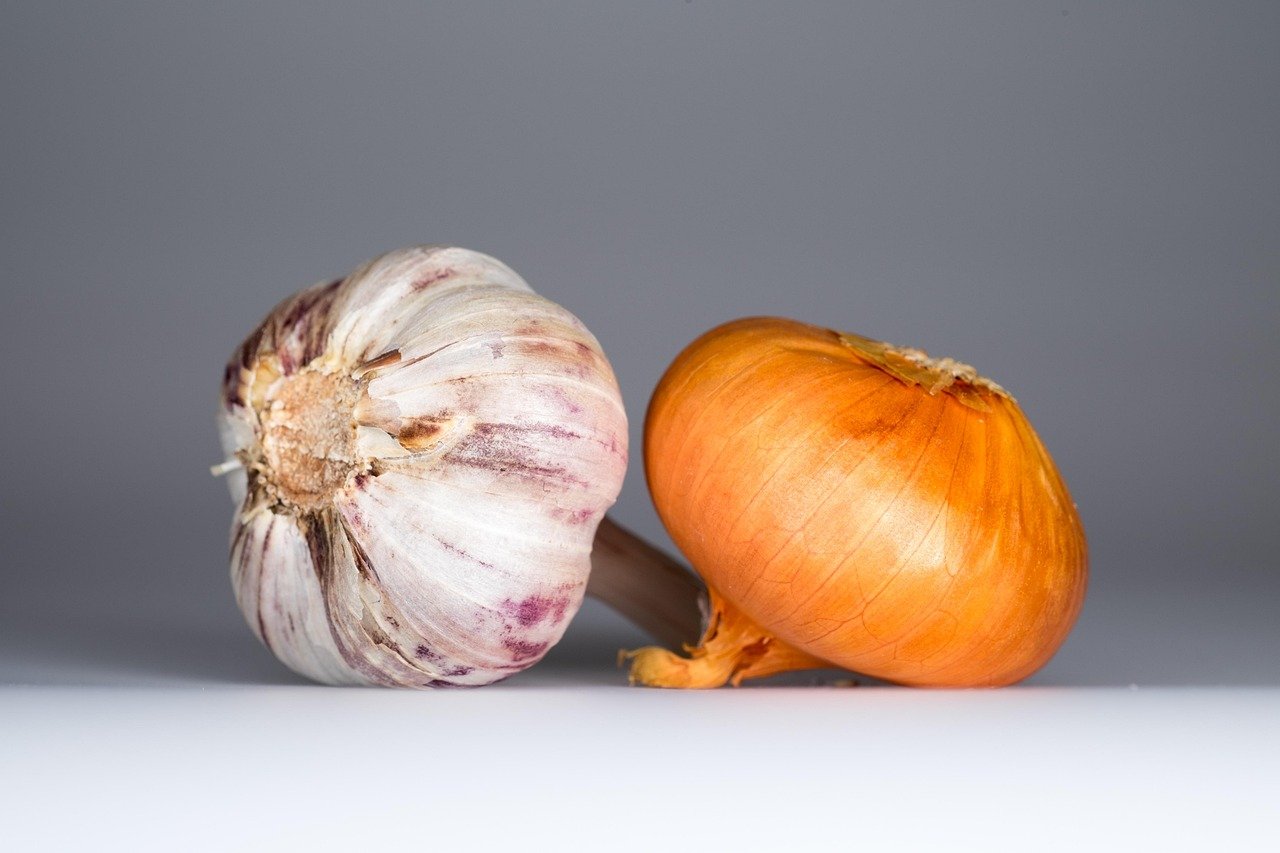
Onions and garlic, whether raw, cooked, or powdered, can cause serious health issues for dogs. They contain compounds that can damage red blood cells, leading to anemia. Symptoms may not appear immediately but can include weakness, vomiting, and a reduced interest in food. Imagine your dog eating a garlic clove like it was a savory chew toy – it’s not a pretty picture. Even a small amount can be harmful, so it’s crucial to keep these flavorful ingredients away from your pooch’s diet.
Xylitol: A Sweetener with Bitter Effects

Xylitol is a sugar substitute found in many sugar-free products like gum, candies, and baked goods. While it’s safe for humans, xylitol can cause a rapid release of insulin in dogs, leading to hypoglycemia, or low blood sugar. Symptoms can include vomiting, loss of coordination, and seizures. In severe cases, it can lead to liver failure. Picture your dog scarfing down a piece of sugar-free gum like it’s a tasty treat – it’s a dangerous situation you want to avoid. Always check labels for xylitol and keep such products out of your dog’s reach.
Avocados: A Creamy Treat with Hidden Dangers

Avocado may be a healthy snack for humans, but it contains persin, a substance toxic to dogs. The fruit, pit, leaves, and bark all contain this compound. While some dogs might not be affected by small amounts, others can experience vomiting and diarrhea. Imagine your dog nibbling on an avocado as if it were a tennis ball – it’s not a safe play. The pit also poses a choking hazard or can lead to an intestinal blockage. It’s best to keep avocados away from your canine companion.
Macadamia Nuts: Small Nuts, Big Threats
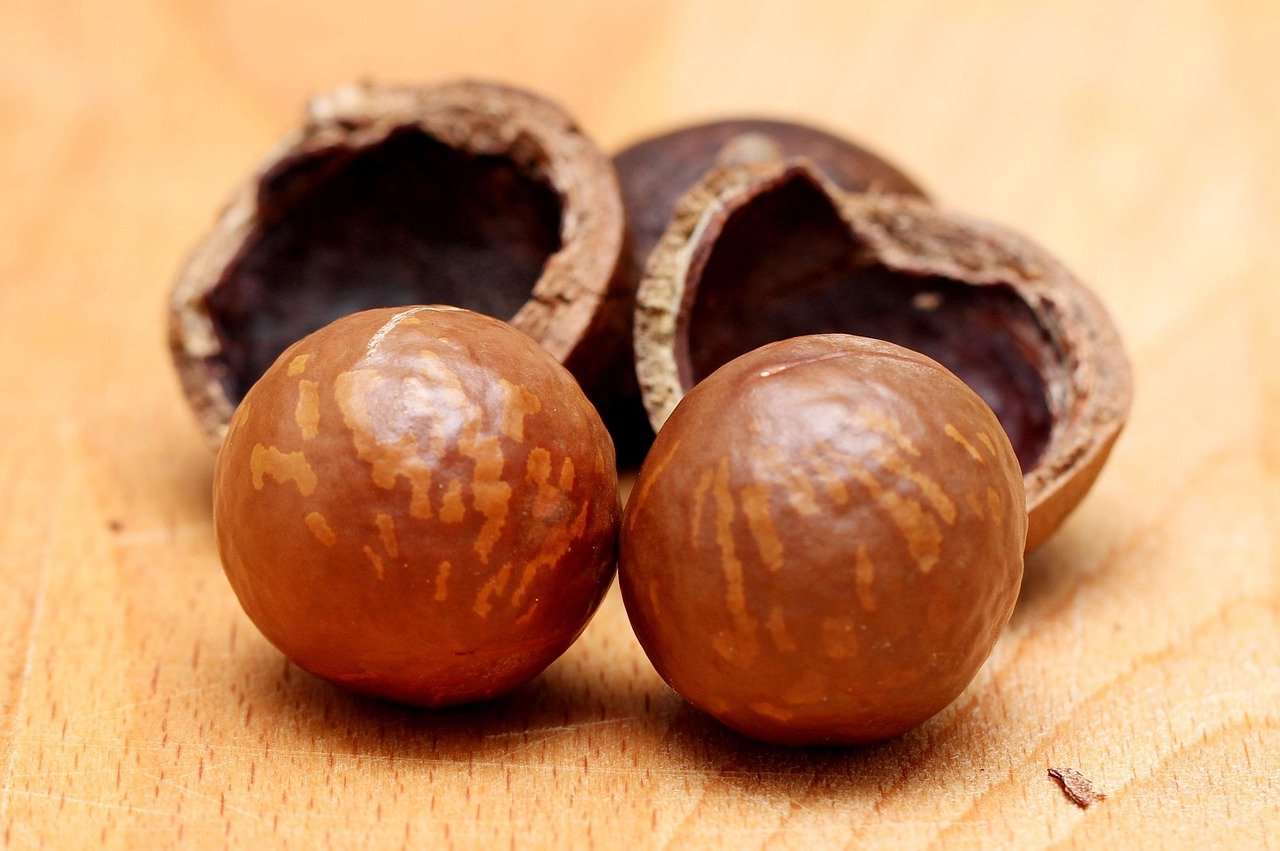
Macadamia nuts, often found in cookies and snacks, are highly toxic to dogs. Eating even a small amount can cause weakness, depression, vomiting, and tremors. The exact cause of the toxicity is unknown, but these nuts can be particularly harmful to our four-legged friends. Picture your dog crunching on macadamia nuts like they’re delicious biscuits – it’s a risky choice. Avoid these nuts in your dog’s diet to prevent any unwanted trips to the vet.
Alcohol: Not a Beverage for Canines
Alcohol is dangerous for dogs, just as it is for humans, but dogs are much more sensitive to its effects. Even small amounts can cause vomiting, diarrhea, difficulty breathing, and even central nervous system depression. Imagine your dog lapping up beer like it’s water – it’s a scenario that can quickly turn serious. Always ensure that alcoholic beverages are kept away from curious noses and paws.
Caffeine: An Energizer for Us, Hazardous for Dogs
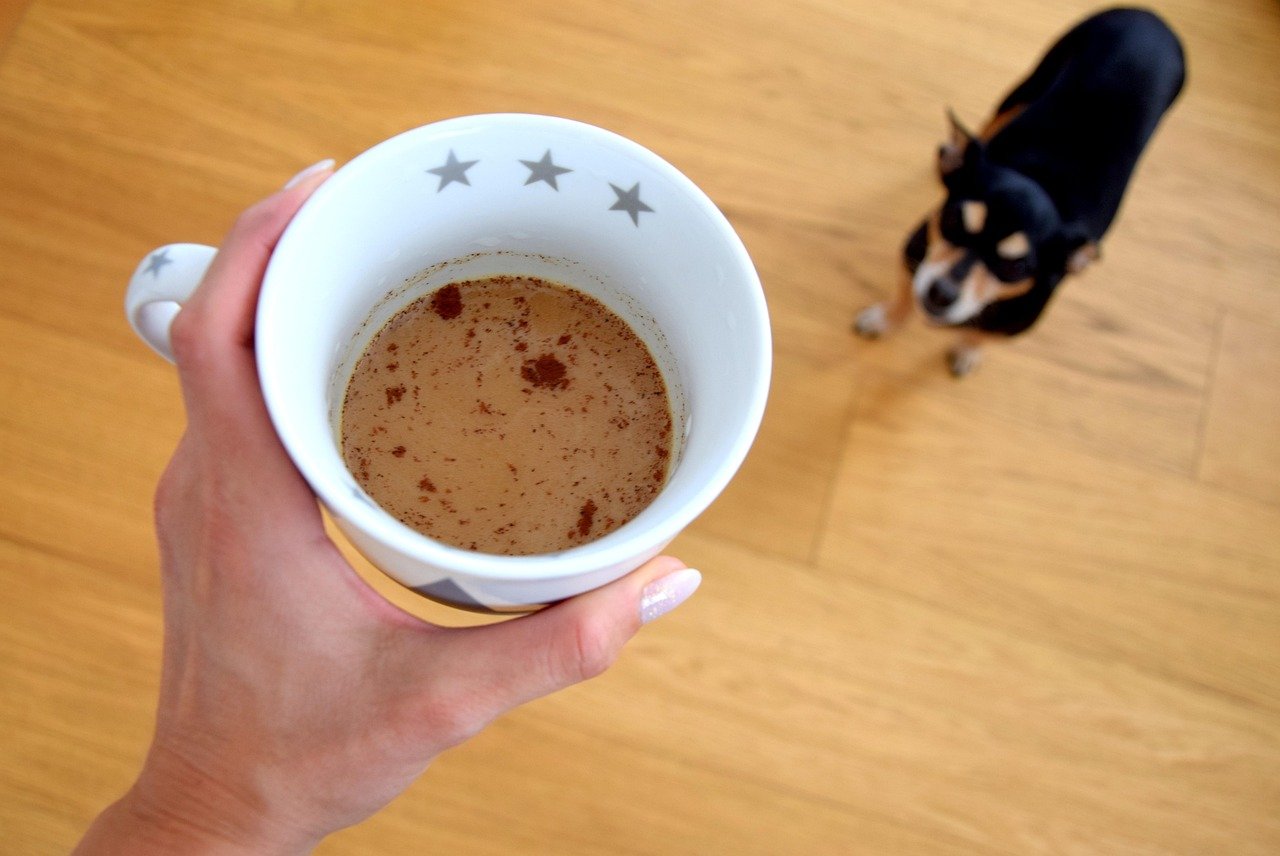
Caffeine, found in coffee, tea, and certain sodas, can be toxic to dogs. It affects their heart and nervous system, causing symptoms like restlessness, rapid breathing, and heart palpitations. In severe cases, it can lead to seizures or death. Imagine your dog sipping on your morning coffee like it’s a bowl of water – it’s a dangerous habit to nip in the bud. Keep caffeinated products out of your dog’s reach to ensure their health and safety.
Raw Dough: Rising Danger
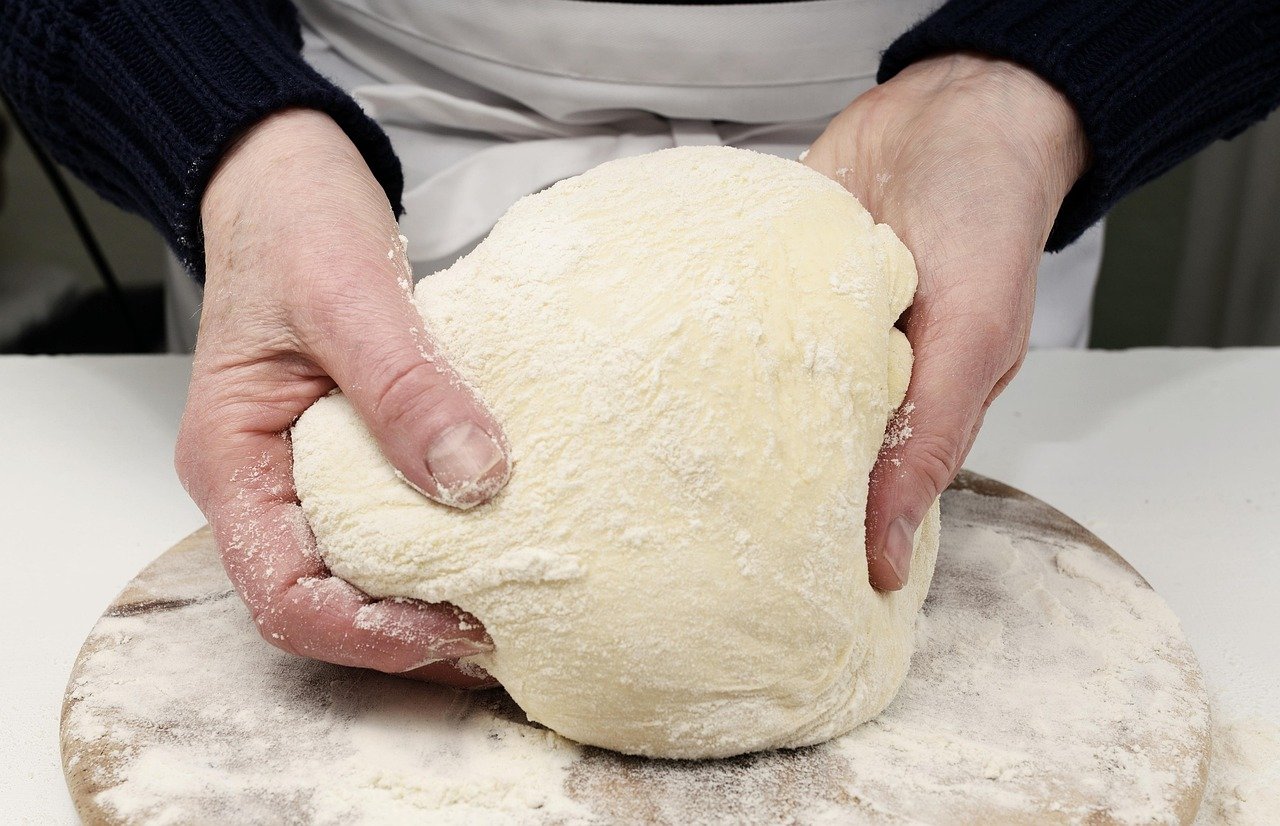
Raw dough, especially yeast dough, can be a hidden danger to dogs. If ingested, the dough can expand in the stomach, causing bloating and discomfort. The fermentation process also produces alcohol, leading to alcohol poisoning. Picture your dog gobbling raw dough like it’s a chewy treat – it’s a risky indulgence. Keep raw dough away from your dog and bake it into something delicious and safe for humans instead.
Milk and Dairy: Not Always a Delight

While some dogs can tolerate milk and dairy products, others might experience digestive issues. Many dogs are lactose intolerant, meaning they lack the enzyme needed to break down lactose in milk. This can lead to diarrhea or an upset stomach. Imagine your dog slurping up milk like it’s a refreshing drink – it might quickly turn sour. It’s best to offer lactose-free alternatives or dog-specific dairy treats to keep their tummy happy.
In conclusion, while sharing food with your dog might seem like a loving gesture, it’s essential to be aware of the hidden dangers lurking in everyday foods. By keeping these ten foods out of your dog’s diet, you can ensure their health and happiness for years to come. Always consult with your veterinarian if you’re unsure about what’s safe for your furry friend.






